The value of mergers and acquisitions (M&A) around the world fell substantially last year due to the difficult economic environment.
Deals worth £3.15 trillion were agreed – an impressive figure, but still down 36% from the blockbusting £4.89tn in 2021.
The first five months of 2022 saw continued strong deal-making activity globally.
But there was a big turning point in June when an interest-rate increase by the US Federal Reserve Bank helped put a chill on the M&A market.
The need for investment in new technologies and business models opens up the sector to capital from new market entrants in a way that has never been seen before.”
PwC
The volume of transactions in 2022 dipped 12% year-on-year.
Deals in the UK also dropped considerably last year. There were 4,232 in total, compared to 5,033 the year before – a 16% fall.
Britain’s total M&A value for the 12 months was £144.9 billion – a plunge of 56% on the record £332.1bn in 2021.
Experts have their say
What do the experts think 2023 will hold for deals around the world?
US management consultancy Bain & Company expects savvy executives to keep their feet on M&A accelerators, even as competitors slam brakes on in the face of turbulence.
Experienced dealmakers are familiar with the cyclical nature of the market, where deal values and multiples decline as sellers hold back and acquirers lose conviction.
Bain & Company said: “As uncertainty impacts both the base business of acquirers and targets, it becomes harder to make decisions about deals. It’s no wonder why many executives lose their appetites for the deal process during turbulent times.
“Yet history tells us that winners don’t pause M&A during downturns – rather they take advantage of opportunities to reshape their industries. Companies that move quickly when others hesitate are rewarded.”
History lesson
The firm added: “In 2008-09, numerous industry-defining deals positioned acquirers for faster, more profitable growth out of the downturn.
“In the current cycle too, companies with a strong market position, cash on hand and debt capacity will have the upper hand to execute transactions.”
As uncertainty impacts both the base business of acquirers and targets, it becomes harder to make decisions about deals. It’s no wonder why many executives lose their appetites for the deal process during turbulent times.
Bain & Company
PwC has reported that, globally, deal-making in energy, utilities and resources is increasing rapidly as businesses reposition themselves on the journey to net-zero.
The impact of Russia’s invasion of Ukraine and a widespread desire for more energy independence are expected to accelerate activity in the sector.
What does this mean for UK M&A?
PwC also gave its view on the deals market in Britain.
It said: “In the UK energy companies look set to lead a surge in M&A over the coming months and beyond.
“This includes stepping up investment in renewable generating capacity, new energy technologies and e-mobility infrastructure, while divesting legacy assets and strengthening carbon capture capabilities.
“In turn, disruption to supply and resulting unaffordable consumer price rises will force energy firms to focus more closely on balancing their social and economic impact with ensuring sustainability of service during the transition away from fossil fuels and dependence on Russia.”
According to PwC, it isn’t just energy companies that are firing up deal activity.
A host of institutional investors are looking for a stake in the fast-growth energy transition market.
“The need for investment in new technologies and business models opens up the sector to capital from new market entrants in a way that has never been seen before,” PwC said.
Net-zero and ESG both key drivers
It added: “Private equity firms are now eyeing an opportunity for meeting their ESG (environmental, social and governance) commitments, while earning significant rewards by deploying capital into high-growth businesses as the move to net-zero gathers pace.
Could North Sea giant BP be a takeover target this year?
“In turn, acquirers in adjacent industries such as construction, engineering and manufacturing see energy transition as both an accelerator for meeting their ESG commitments and an opportunity to develop new business models.
“For example, buying into solar and other renewable energy capabilities can help builders to reduce emissions within new homes and retrofit projects. The green shift offers a catalyst for moves into areas such as battery technology, charging infrastructure and clean heating systems.
“Beyond energy generation and supply, acquisition targets include the surrounding ecosystem of specialist consultancies, tech start-ups and data-enabled services.
“These might be companies that guide motorists to the nearest charging point or help people optimise energy efficiency in their homes.”
PwC noted a large number of legacy assets coming up for sale as energy firms streamline their portfolios.
Timelines for reaching net-zero targets are “increasingly ambitious” but there is still “plenty of revenue to be generated” from responsibly managed assets, the firm said.
Closer to home
So what is the M&A landscape looking like in Aberdeen and the surrounding area?
Peter Murray, a partner at law firm Ledingham Chalmers (LC), said the local deals market largely performed well last year in terms of volume and value.
LC had a “promising” start to 2023, with January seeing the completion of three company acquisitions and several business transfers coming close to completion, he added.
Sectors seeing particularly healthy activity include healthcare, technology and energy.
Mr Murray said: “As with last year, a high percentage of our transactions have an international element.
“Looking ahead, our long-standing energy niche continues to evolve into decommissioning and energy transition-related work.
“Indeed, with the journey to net-zero front of mind, interest both in businesses with technology that can help in that regard and in those organisations with strong ESG credentials continues to grow.
Green freeport status: dismay, of course, but new opportunities too
“We’re seeing some investors willing to take the long-term view and invest in what might be seen as speculative projects, where new technology may have significant potential. This has allowed some pioneers to exit at attractive valuations.
“Plus, while there was obvious disappointment in the north-east when the area wasn’t selected for green freeport designation, there are opportunities on the back of the new Inverness and Cromarty Firth green freeport.”
Expected to be operational later this year, the special economic zone should make it cheaper and easier to do business in that area.
Mr Murray, who is based in Aberdeen, said: “Working with colleagues in Inverness, we’ve been supporting businesses in Invergordon, Alness and the surrounding communities for many years.
“We now expect to also be advising north-east-clients seeking to be part of this new opportunity.
“That may include through joint venturing, being part of the supply chain or looking for corporate or commercial property acquisitions.
“A Cromarty cluster of beneficiaries is anticipated but the economic benefits should spread much wider.”
The trend towards internationalisation in M&A activity seems to be accelerating, Mr Murray said, adding: “Already in 2023, in addition to the energy-hub locations we regularly work with, we have been doing significant business with Spain, France, Italy and Hong Kong, among others.
“In part, this is driven by a drop in the strength of the pound.
“Valuations are certainly becoming more appealing for international investment.
“That said, cross-border transactions have, for decades, been a main element of our work, given our long-standing involvement in the oil and gas industry.”
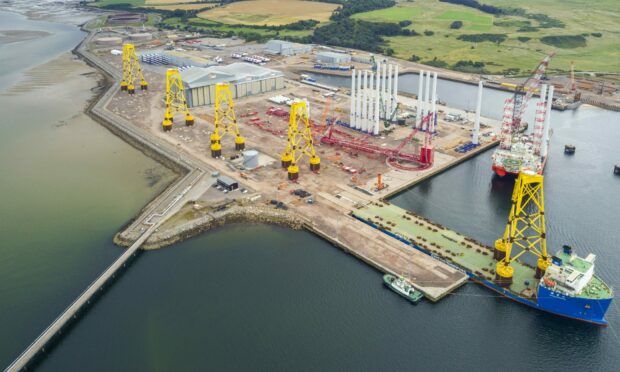



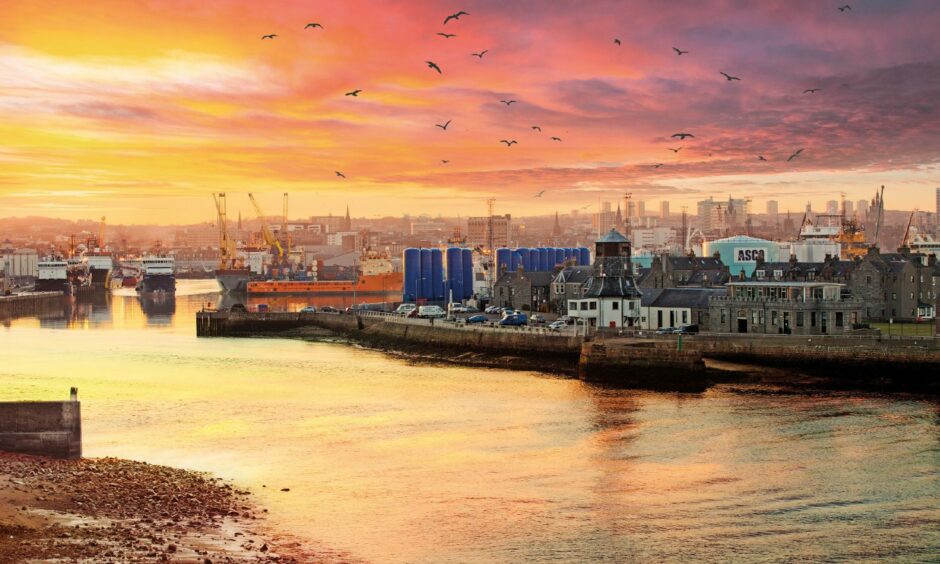
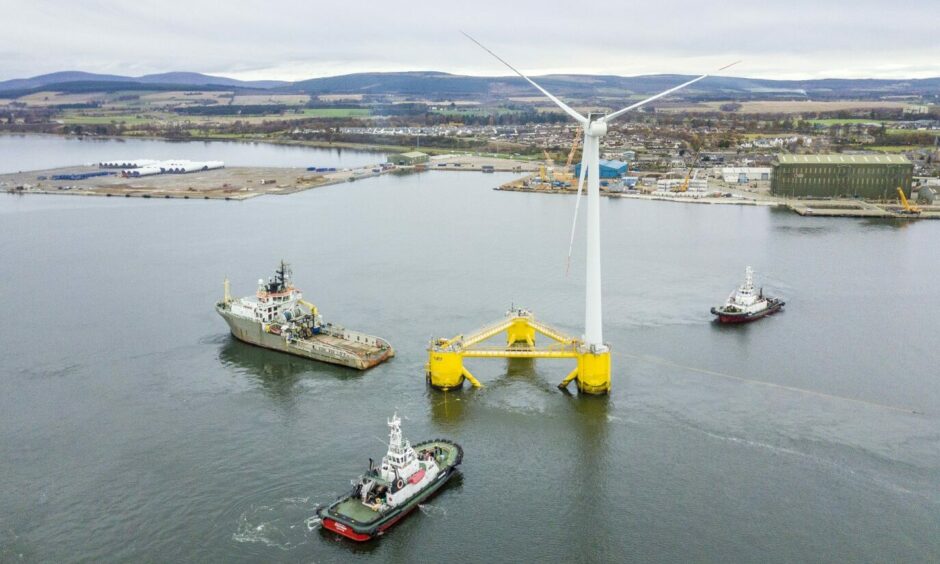


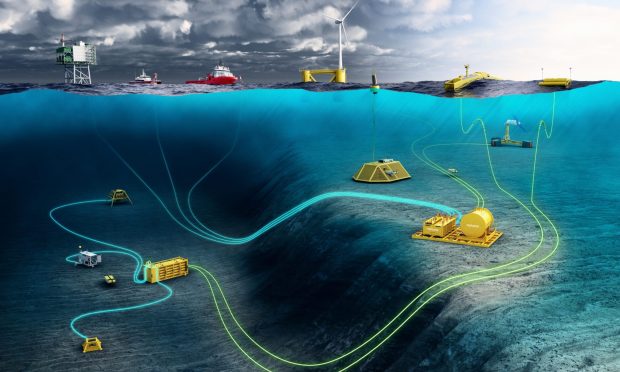



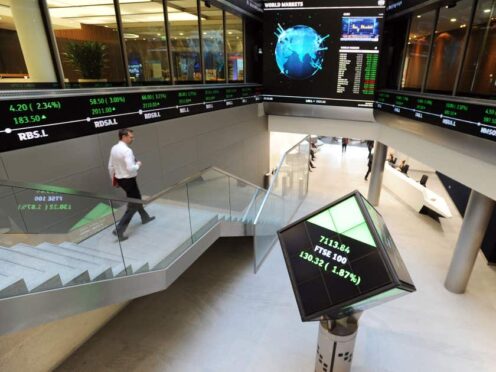




Conversation